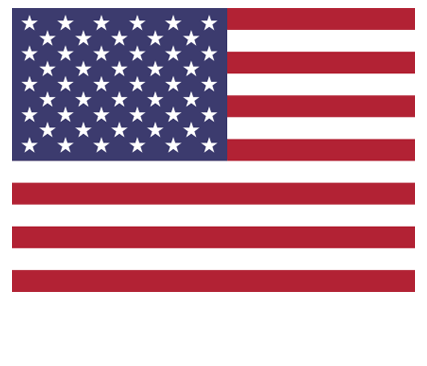Odds are good that you will purchase some kind of consumer product today. It might be anything from a package of new AA batteries to a toy for your child. Whatever the item is, it will likely be ensconced in vacuum sealed plastic. Indeed, a large majority of today’s products all over the world are sealed and made sale-ready in some form of plastic packaging.
Have you ever wondered how companies wrap products in such form-fitting dress? The process is called thermoforming, which is a plastic molding manufacturing technique that heats thin plastic sheets to a pliable temperature, at which the plastic is easy to manipulate and form over a mold. Vacuum forming is a simplified sub-process of thermoforming, where heated plastic is stretched onto a mold and forced against the mold via a vacuum force.
Vacuum Forming’s Inspiration
Innovative people have used natural rubbers and cellulose to accommodate many different life needs for thousands of years. The development of synthetic plastics, however, didn’t really get its start until the 19th century. Celluloid was the world’s first highly-usable plastic, developed by inventor John Wesley Hyatt. His cellulose creation was an improved version of parkesine, a plastic created by Alexander Parkes, one of Hyatt’s English inventor colleagues. In addition to improving celluloid, Hyatt also patented the first injection molding machine.
When it comes to vacuum forming, we salute a trio of innovative minds. The first thermoforming machine patents were filed by H.L. Helwig of the Rohm & Hass Company, and R.E. Leary, an engineer at DuPont. These crafty inventors employed a variety of methods to heat plastic, such as convection and radiant heat, or using hot oil or steam. In 1947, along came G.W. Borkland from Indiana, who filed a patent for a “vacuum forming” machine. Borkland would go on to make many other improvements in the world of vacuum thermoforming, and his influence introduced the world to a new form of product sealing.
Vacuum Forming In Action
The vacuum forming concept is relatively simple: A vacuum is used to produce an even distribution of pressure on a material’s surface to allow the material to conform to the shape of a mold. Thin sheets of plastic are fed into a vacuum thermoforming machine and heated until they are malleable, and then forced onto the mold in a very precise process.
In addition to sealing everyday items, vacuum sealing is also used to create intricate and incredibly strong products such as road signs, boat hulls, and an array of protective covers.


